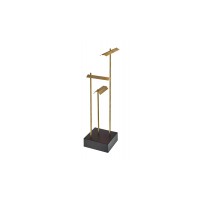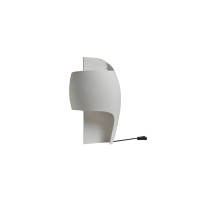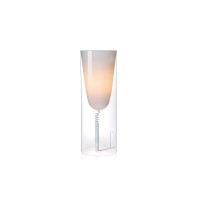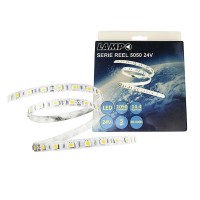9 needs that light satisfies
When we think of light, we often imagine it only as a technical, functional element: it helps us see better, illuminates a room or a path. But the truth is that light satisfies many more needs than we think. It is an integral part of our daily well-being, it acts on the body and mind, it guides us, protects us, makes us feel good.
Specifically, light touches on at least nine fundamental human needs. And this is where every lighting project should start: not just from aesthetics or efficiency, but from the person.
1. The need to orient ourselves
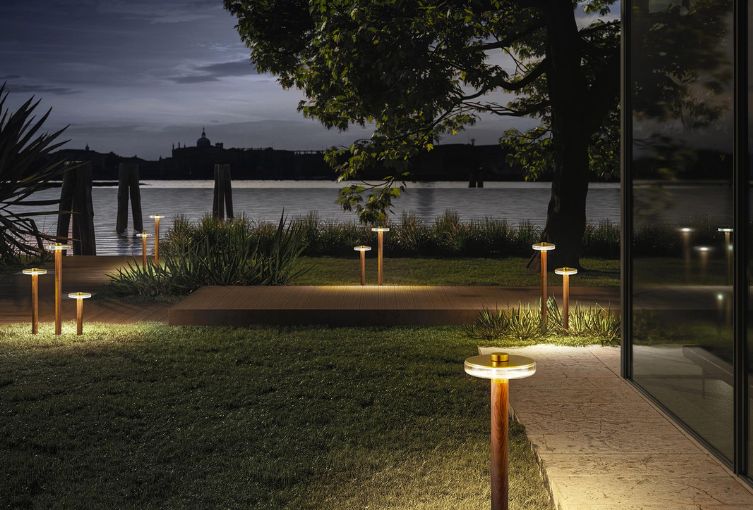
Light is our first tool for orientation, both indoors and outdoors. From the first light of morning until sunset, we unconsciously follow light signals that tell us where we are and where we need to go. At home, good lighting in the hallway or staircase helps us move around with peace of mind; outside the home, lights in driveways, parking lots or pedestrian paths are essential for not getting lost. Light therefore guides, indicates, accompanies.
2. The need for safety
A well-lit area is an area where we feel protected. Light keeps dangers away, makes obstacles visible and discourages intrusions or risky behaviors. Whether it is the entrance to a house, a parking lot, a public road or a shared space, lighting plays a key role in the perception and reality of safety. It is no coincidence that many people leave an outside light on during the night: it is an instinctive gesture, linked to the need for protection.
3. The need to regulate the sleep-wake rhythm
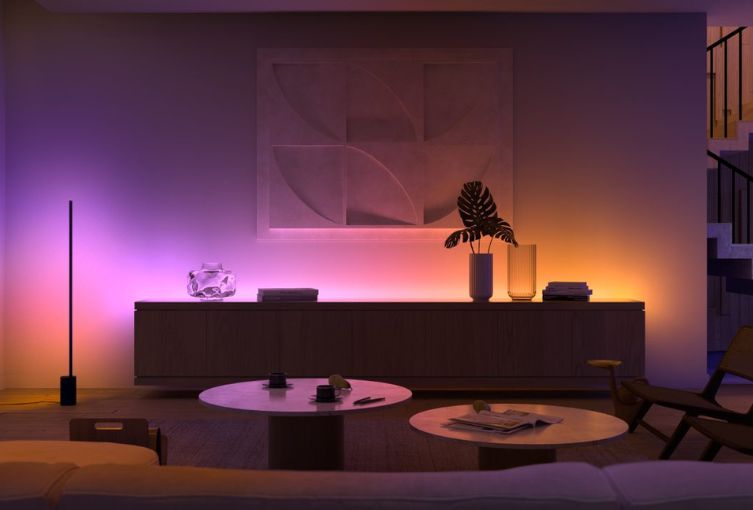
Natural light is the main regulator of our circadian rhythm, the biological cycle that controls sleep, wakefulness, hunger, concentration and mood. Exposing ourselves to daylight keeps us active and alert; on the contrary, too intense light in the evening hours can disturb sleep. Today, thanks to LED technology and intelligent lighting systems, we can recreate light dynamics that follow the natural movement of the sun, promoting well-being even in closed spaces or in the darkest seasons.
4. The need to focus
It may seem trivial, but the need to see is the first reason why we turn on a light. However, seeing well does not only mean having enough light, but having the right light. Lighting that is too dim or, on the contrary, too strong and direct, can strain the eyesight, cause headaches or irritation. The quality of light (intensity, color, direction) directly affects our ability to first perceive the environment and then to do so in a correct and comfortable way.
5. The need to concentrate
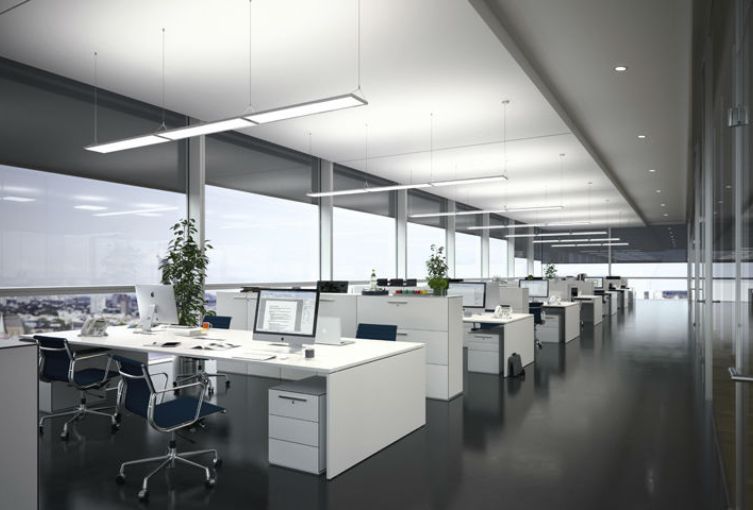
In study or work environments, light can make the difference between a productive day and one spent fighting tiredness. Good lighting promotes concentration, improves cognitive performance and keeps attention high. Neutral or cold white light, well-calibrated intensity and the absence of glare are essential elements to create a space in which the mind can activate and remain focused.
6. The need to relax
Just as adequate light stimulates concentration, soft, warm light promotes relaxation. This is why we turn off bright lights in the evening, or turn on a low lamp when we want to read, meditate or simply enjoy a moment of peace. The body and brain associate warm light with a state of calm: knowing how to modulate lighting based on the time of day is essential for our psychophysical balance.
7. The need to feel welcomed
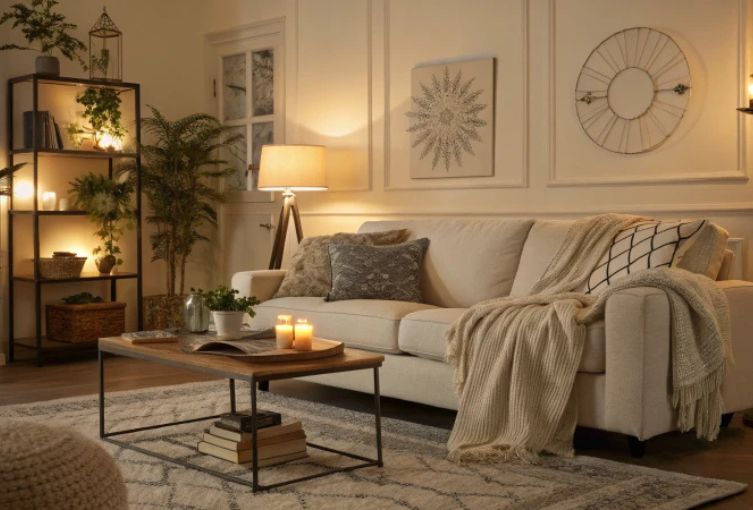
Light can make us feel at home. A well-lit environment, without unwelcome shadows or anonymous corners, creates a sense of welcome. Whether in a private home, a hotel or a public place, the right lighting atmosphere helps generate positive emotions, warmth and familiarity. Even in the retail or hospitality sector, lighting is one of the first things that determine the visitor's perception of the environment.
8. The need to express oneself
Light also means aesthetics, personality, identity. Choosing one type of lighting rather than another allows us to express who we are: colored lights, designer lamps, dynamic systems that change over time tell something about us. Light is never neutral: it speaks, suggests, defines the style of a space and the character of those who live in it. For this reason, every lighting choice is also an expressive choice.
9. The need to connect with nature

Light connects us to the natural dimension. Reproducing the tones of sunlight indoors, using lamps that simulate dawn or dusk, leaving space for natural light in architectural projects are all ways to reconnect with the rhythm of the Earth, but also with the times of day and seasons. The increasingly widespread trend of biophilic design is based precisely on this: using light, shapes and materials to bring nature back into places of life and work. Artificial lighting can also be designed to respect natural cycles and reduce environmental impact.
A lighting project always starts with people
These nine needs demonstrate how deeply rooted light is in our daily experience and how profound its impact on our well-being is.
Precisely for this reason, a good lighting project cannot ignore these aspects.
It is not enough to illuminate a space: it must be done for the people who will live there, taking into account their needs, their rhythms, their emotions. Technique and aesthetics are important, but they must be at the service of quality of life. Only in this way does light stop being an accessory and become what it really is: an essential component of our health, our balance and our happiness.
Find out more on our Diffusione Luce website!
Written by Alice Pruccoli
Share this content
